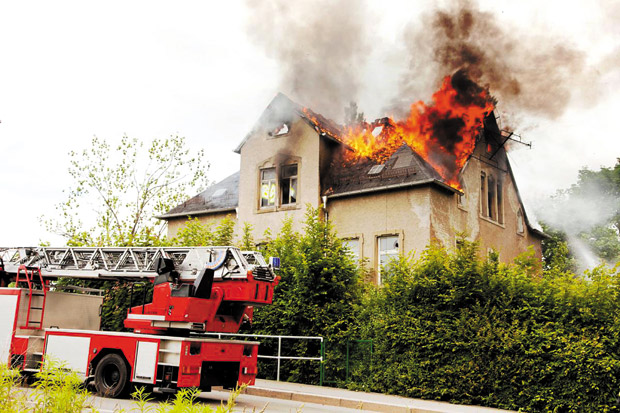Reducing the risk of home fires

While the number of home fires occurring in the U.S. each year has fallen by more than 50 percent since 1977, the ratio of people who die in home fires has remained virtually unchanged, based on data from the National Fire Protection Association (NFPA). One possible explanation for this discrepancy: home fires now burn hotter and faster than they did 40 years ago, meaning victims have less time to escape a burning house.
The UL study cites several factors as driving the changes in home residential fires, including:
• Modern home design is toward larger homes with more open floor plans, an arrangement that facilitates the spread of fire. Older homes were smaller over-all and featured smaller room plans.
• Construction materials currently in use contribute to a faster burn time.
• Today’s home furnishings are made from many synthetic materials that easily combust, meaning fires have more fuel.
• In UL testing, modern windows of all types failed faster than windows made from older — or “legacy” materials.
U.S. requires smoke alarms in new construction. Smoke alarms reduce the risk of home fire fatalities by 50 percent, according to the NFPA. A residential sprinkler system slashes the risks even further — by 80 percent. The U.S. Fire Administration recommends that all homes should be equipped with both smoke alarms and sprinklers, while the International Residential Code requires fire sprinklers for new-home construction.
This article is courtesy of Brandpoint.